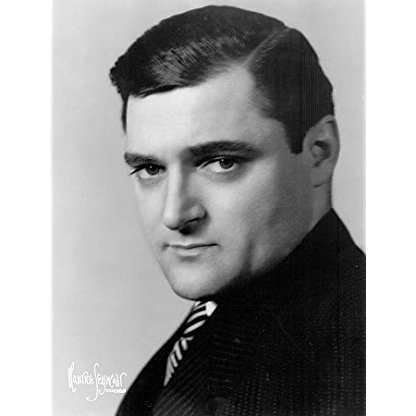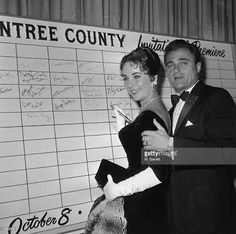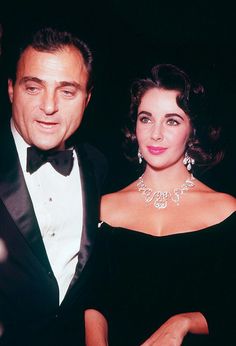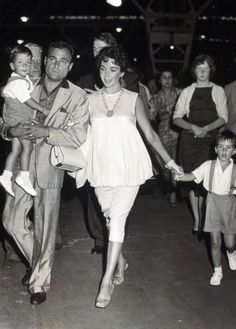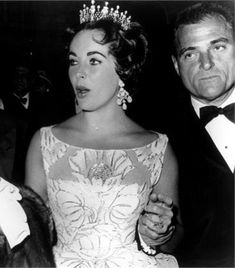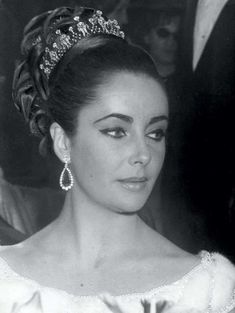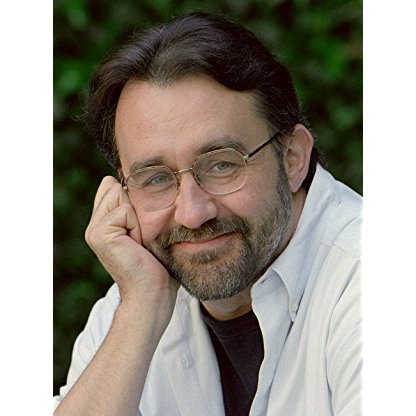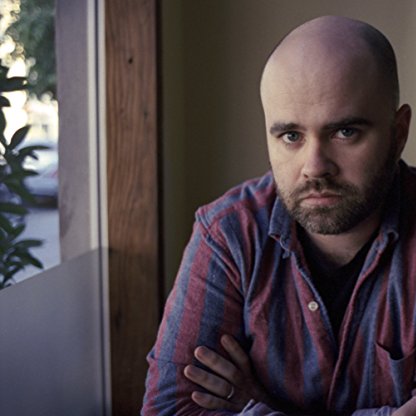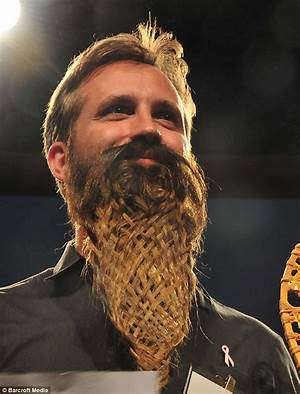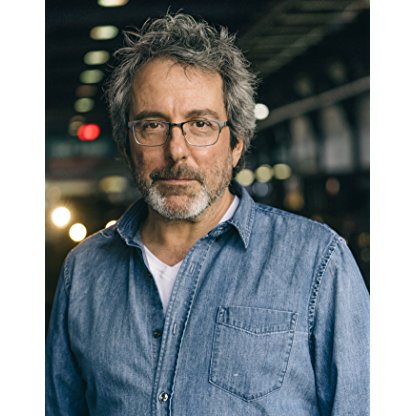At age 17, Todd married Bertha Freshman in Crown Point, Indiana, on Valentine's Day 1927. He had been interested in Freshman since age 14, but needed to develop confidence before even asking her out. In 1929, the couple's son, Mike Todd, Jr., was born. The death of his father in 1931 was a turning point for Todd; he decided to change his name to Mike Todd on the day of his father's death. Todd's wife, Bertha, died of a pneumothorax (collapsed lung) on August 12, 1946, in Santa Monica, California, while undergoing surgery at St. John's Hospital for a damaged tendon in her finger. Todd and his wife were separated at the time of her death; less than a week before Freshman's death, he had filed for divorce.

